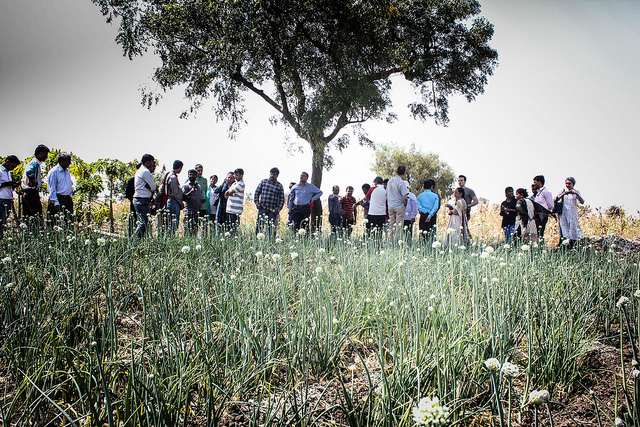Why does the Sandbox Model Follow a Compact Geography?

The Sandbox model of development has pioneered an approach that implements an idea within a restricted geographic region; geographic compactness is intrinsic to the idea of the Sandbox itself. The model focuses on driving initiatives to impact communities within a region and to achieve critical mass within that region.
For instance, the Hubli Sandbox works to transform communities in five districts of Northwest Karnataka including Belgaum, Dharwad, Gadag, Haveri, and Uttar Kannada. The Ek Soch Sandbox works to impact six districts in the region, such as Azamgarh, Jaunpur, Ghazipur, Chandauli, Mirzapur and Sant Ravidasnagar. In Nizamabad, the Kakatiya Sandbox has chosen to work among three districts namely: Karimnagar, Medak and Nizamabad.
 The restricted focus of Sandboxes is deliberate, and based on the premise that a limited scope of work will ease demonstrability of initiatives. When a program is proven successful, it is easier to scale within a compact region. The chosen geographies are always a mix of tier-2 and tier-3 locations and rural regions, to ensure that the characteristic challenges of underserved markets are alive in these regions.
The restricted focus of Sandboxes is deliberate, and based on the premise that a limited scope of work will ease demonstrability of initiatives. When a program is proven successful, it is easier to scale within a compact region. The chosen geographies are always a mix of tier-2 and tier-3 locations and rural regions, to ensure that the characteristic challenges of underserved markets are alive in these regions.
According to the leaders of the Sandbox model, the compact geographies also enable a committed focus on social innovations. When socially relevant innovations rise from these regions on a continual basis, it can bring to life many high potential ideas that can work in similar contexts, not just in India, but in any other part of the world, according to Director, Grantmaking & Partnerships, Neelam Maheshwari. “You can think of us as a silicon valley for social innovations,” she said in a television interview, adding that the Sandbox programs aimed to make proximate regions ‘a hotbed for social innovations’ that can impact the rest of the world.
